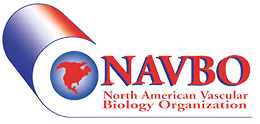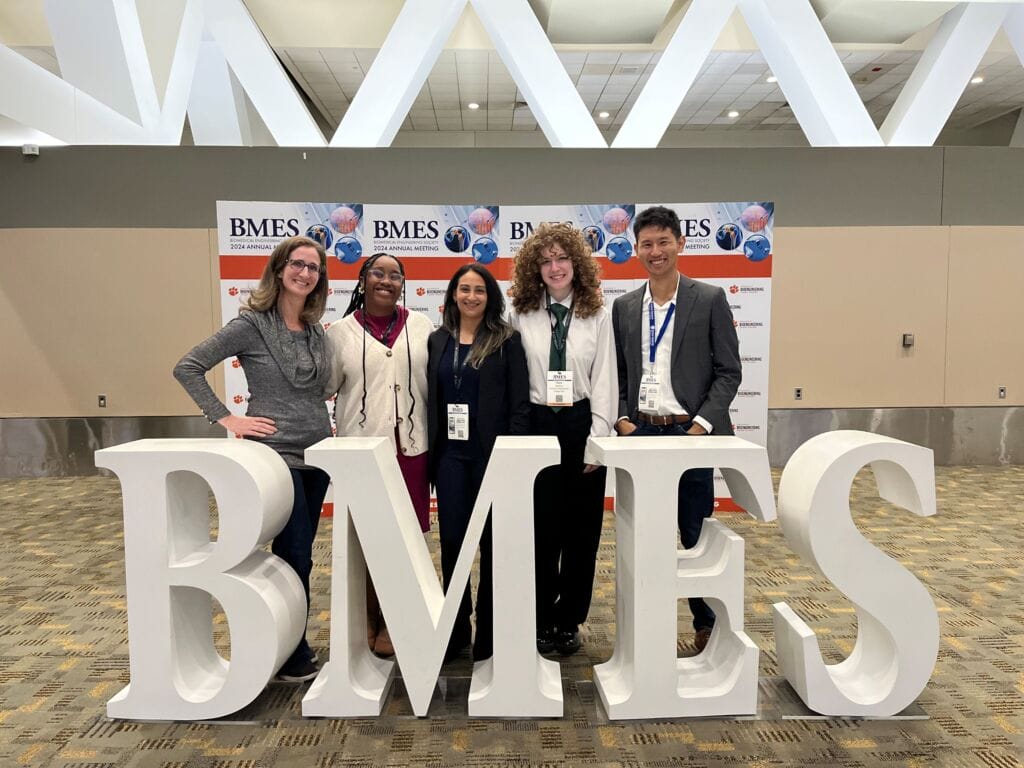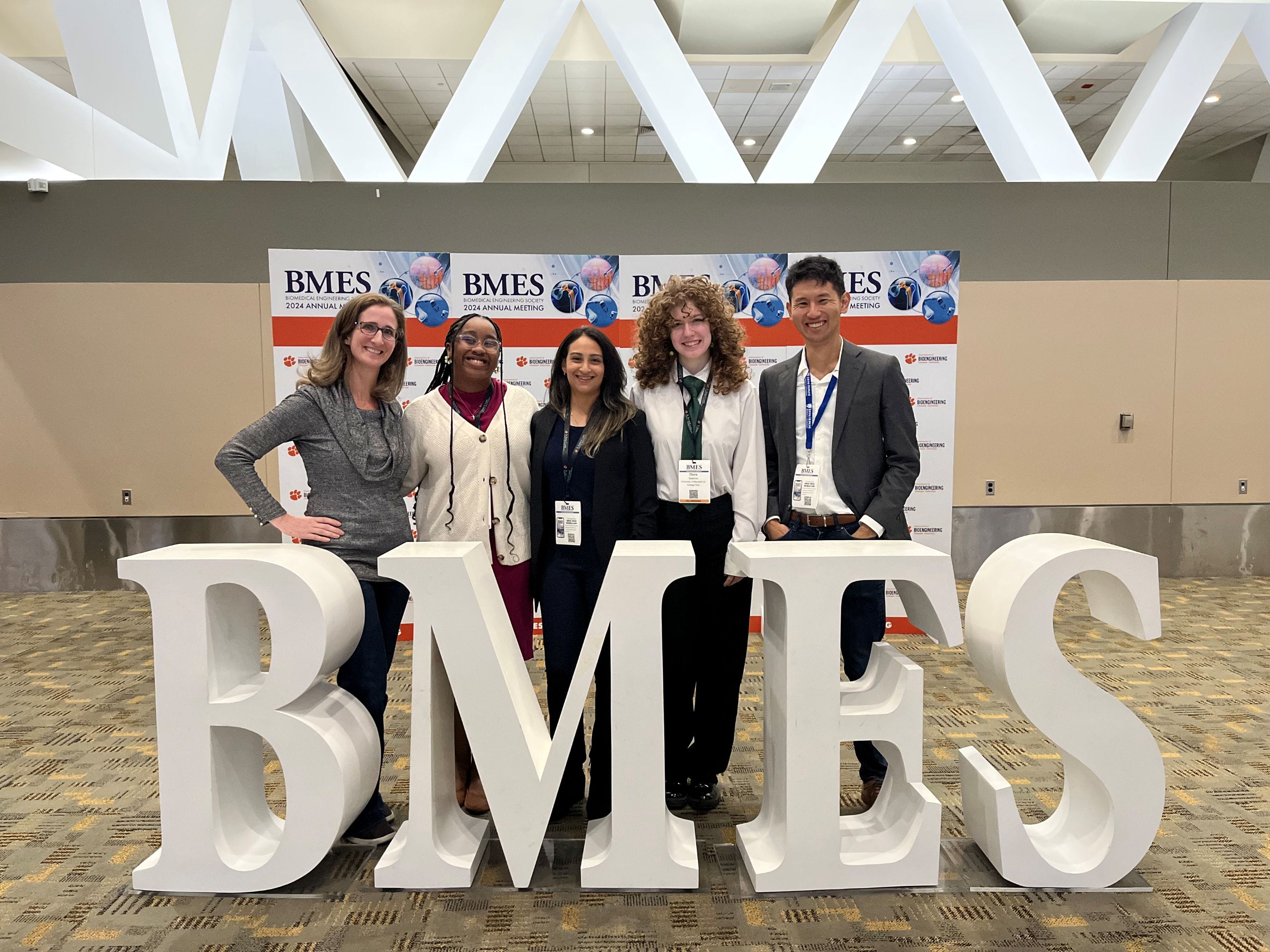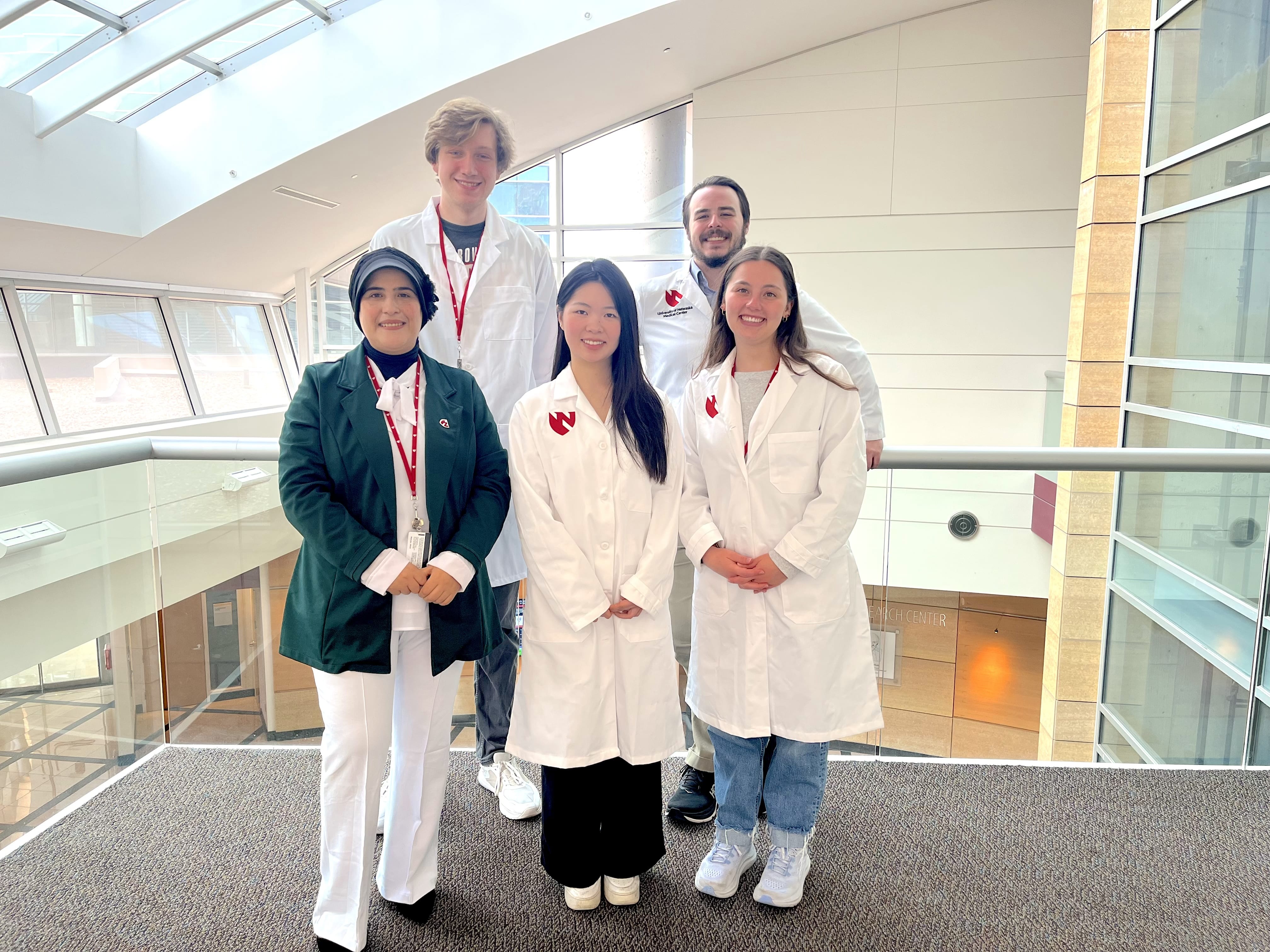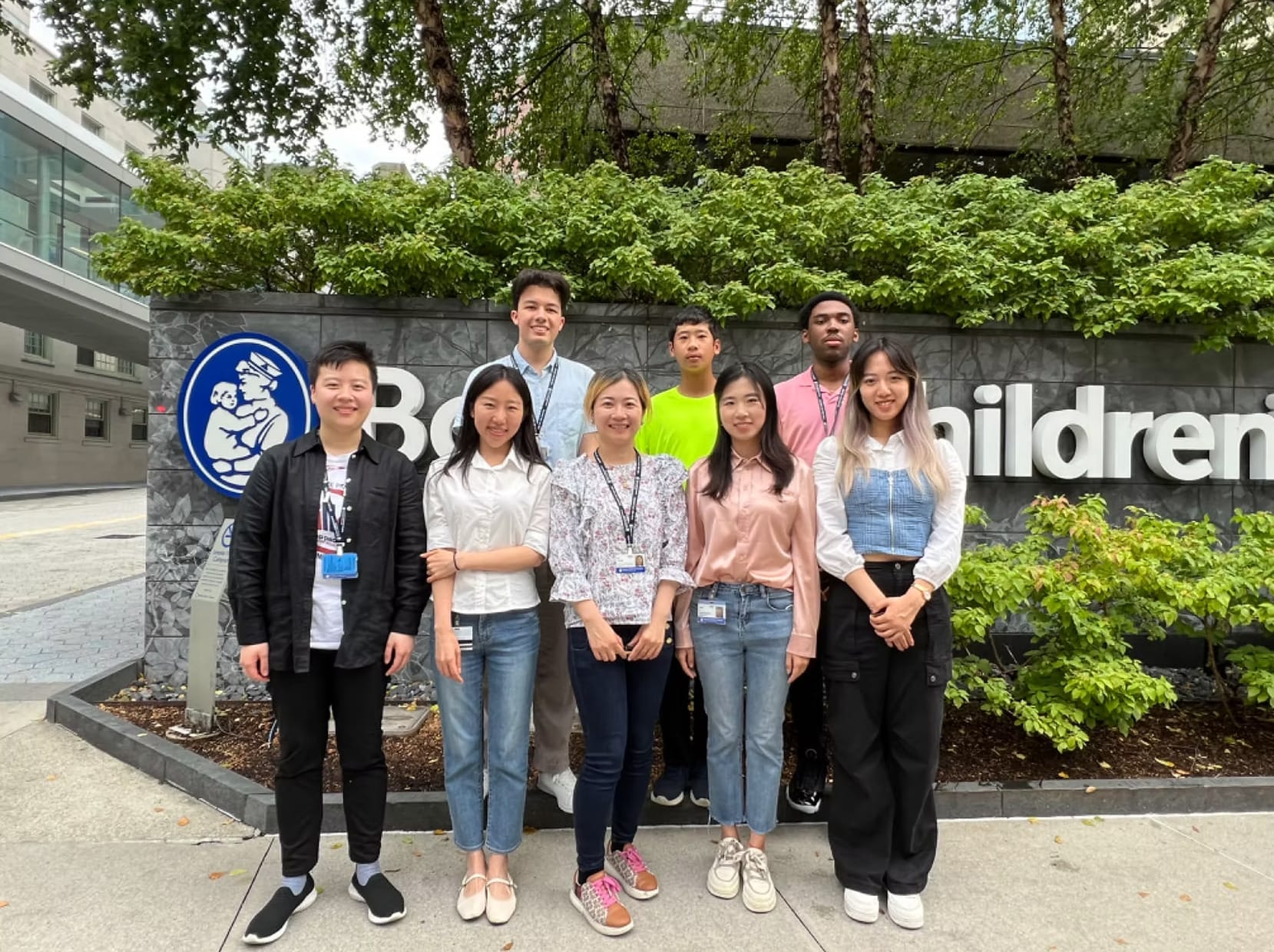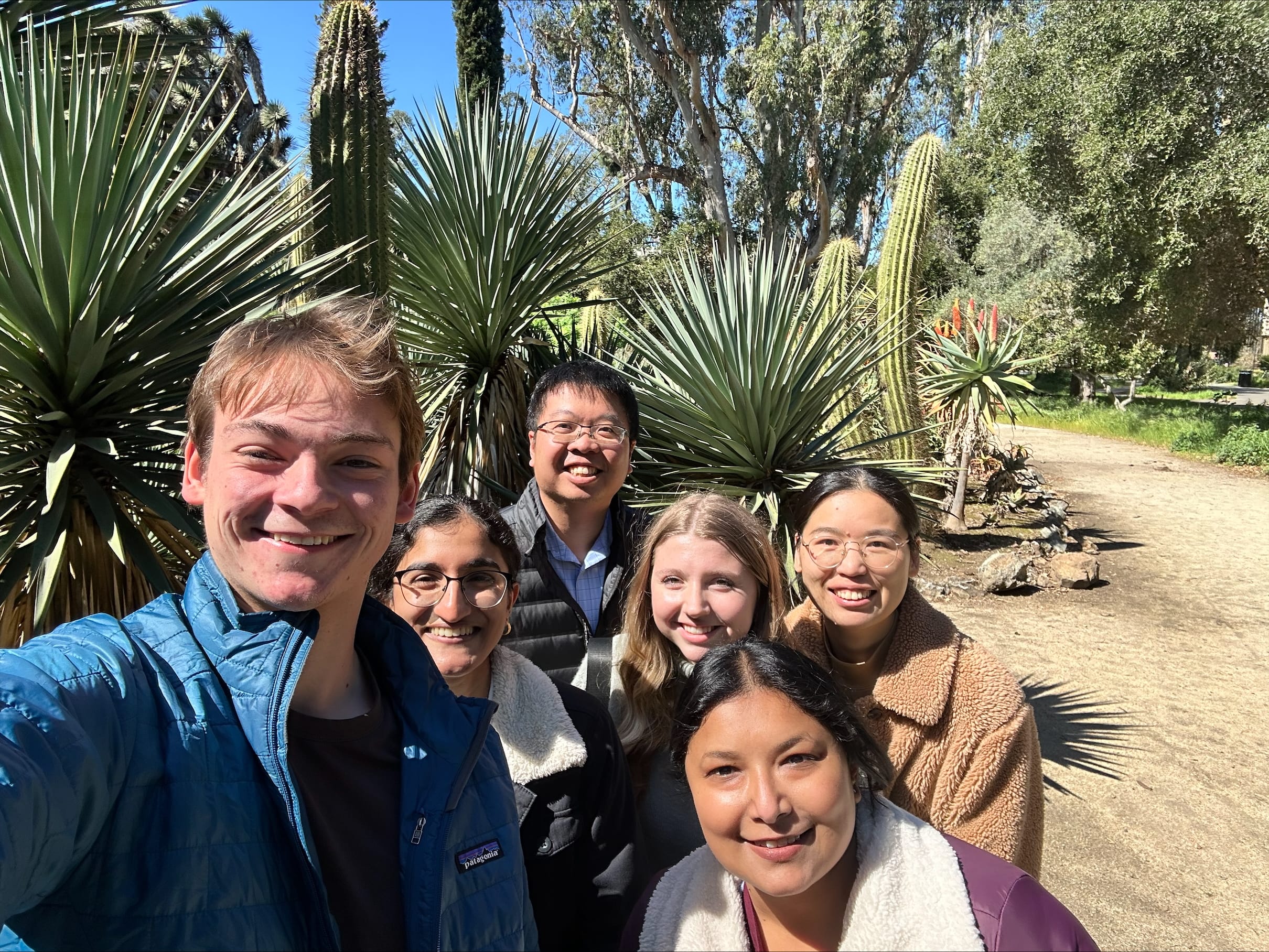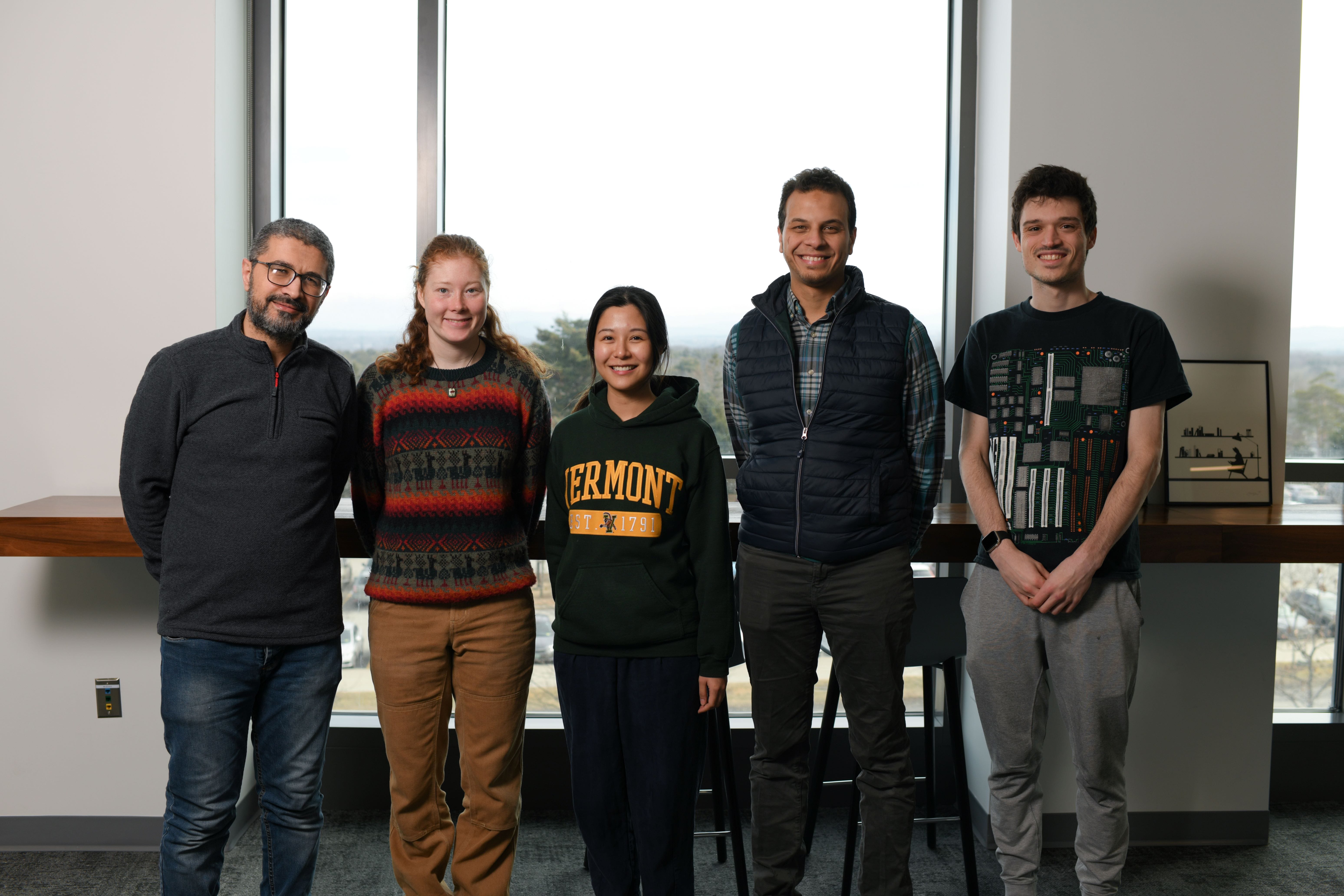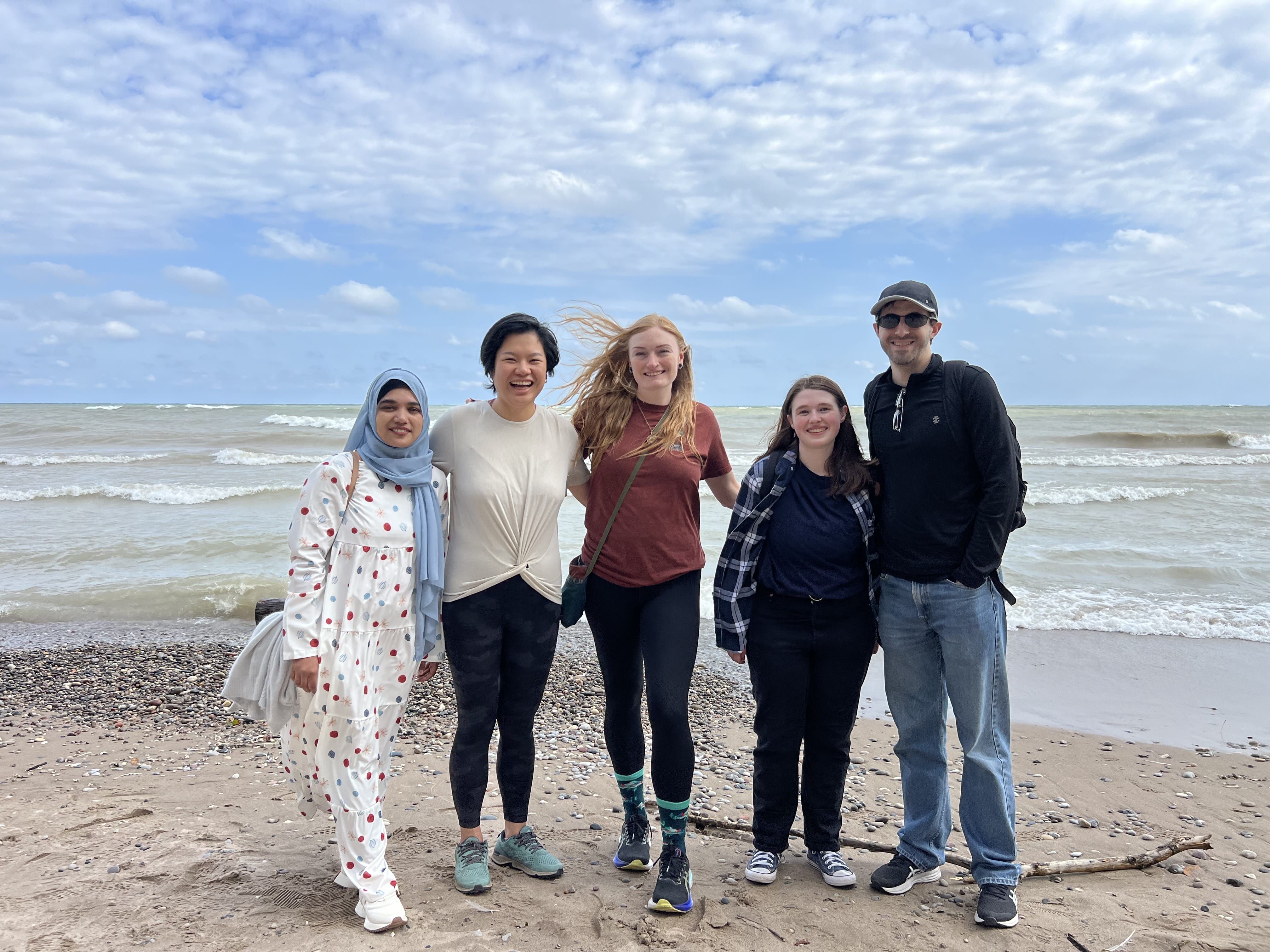Members’ Labs
Alisa Clyne, PhD
Professor
Bioengineering
University of Maryland
Primary Research:
The goal of my laboratory is to understand how integrated biomechanical and biochemical factors contribute to cardiovascular disease, with the purpose of discovering how all people can achieve sustainable cardiovascular health. To achieve this goal, we create innovative 3D in vitro models to study how altered metabolites impact endothelial cell response to shear stress, cyclic strain, and substrate stiffness. We the integrate these in vitro models with in silico and in vivo techniques to better understand the link between metabolic and cardiovascular disease at a cell, tissue, and organismal level. As a few examples, we study how vascular hemodynamics affects endothelial glucose metabolism and subsequent endothelial function, as measured by nitric oxide production; how altered metabolic and disease states change integrated endothelial metabolism and metabolite transport; and how red blood cell extracellular vesicles carry metabolic messages to endothelium throughout the body.
Laboratory web site URL:
Recent Presentations:
Morss Clyne A. Engineering 3D tissue models to study vascular dysfunction in disease. MRS 2024 (Invited Presentation)
Sangha G, Kheradmand M, Morss Clyne A. Potential effects of biomanufacturing methods on the yield, contents, and bioactivity of red blood cell extracellular vesicles. BMES 2024 (Oral Presentation)
Kheradmand M, Morss Clyne A. Glutamine as a potential therapeutic target for inflammatory diabetic cardiovascular complications. BMES 2024 (Poster Presentation)
Smith L, Wunderler B*, Weber C, Morss Clyne A. Yoda1 only partially models laminar flow effects on endothelial cells. BMES 2024 (Oral Presentation)
Sun M, Mastoor Y*, Karimi M, Ahadi F, Mathieu P, Fan M, Han L, Han L, Morss Clyne A. Vascular smooth muscle cells can be circumferentially aligned inside a channel using tunable gelatin microribbons. BMES 2024 (Oral Presentation)
Morss Clyne A. Health disparities in the vasculature: implications for regenerative medicine. WFIRM 2024 (Invited Presentation)
Bohlman S, Weber C, Sangha G, Moiz B, Morss Clyne A. Statins systemically alter endothelial cell metabolism to promote vascular health. CMBE 2024 (Poster Presentation)
Weber C, Moiz B, Pena G, Zic S*, Smith J, Morss Clyne A. APOEε4 impairs barrier strength, glycolysis, and SIRT1 in brain endothelial cells which is not fully restored by exercise training. CMBE 2024 (Poster Presentation)
Collaborative Relationships:
Dr. Ganesh Sriram, University of Maryland, Chemical Engineering
Dr. Carson Smith, University of Maryland, Kinesiology
Dr. Kashif Munir, University of Maryland Medical School, Endocrinology
Dr. Stephen Rogers, University of Maryland Medical School, CBOTH
Dr. Shawn He, University of Maryland, Bioengineering
Dr. Helim Aranda-Espinoza, University of Maryland, Bioengineering
Previously Featured Labs
Alisa Clyne, PhD
Professor Bioengineering University of Maryland Primary Research: The goal…
Learn MoreMabruka Alfaidi, MD, PhD
Assistant Professor University of Nebraska Medical Center Primary Research:…
Learn MoreKe Yuan, PhD
Assistant Professor Department of Pediatrics Division of Pulmonary Medicine Boston…
Learn MorePaul Cheng, MD, PhD
Assistant Professor Cardiovascular Medicine Stanford University Primary Research: Why…
Learn MoreOsama Harraz, PhD
Bloomfield Professor in Cardiovascular Research Assistant Professor of Pharmacology University…
Learn MoreZiqing Liu, PhD
Assistant Professor Department of Physiology Medical College of Wisconsin …
Learn More